Ripple Jade Plant Info: Caring For Ripple Jade Plants


Compact, rounded heads atop sturdy branches give a bonsai type appeal to the ripple jade plant (Crassula arborescens ssp. undulatifolia). It can grow into a rounded shrub, with mature plants capable of reaching 3 to 4 feet (around 1 m.) in height, according to ripple jade plant info. Bluish leaves are twisted and erect, sometimes with purple edging when this plant is growing in the right place. Growing ripple jade, also called curly jade, is a joy when it’s located in a happy spot.
Growing a Ripple Jade Plant
Place your ripple jade outside, if possible, when temperatures allow. If you live in an area that doesn't have freezing temperatures, grow ripple jade plants in the ground. These plants make an attractive border or background plant for shorter succulents. Happy, healthy plants produce white blooms in spring to summer. When planted inland, morning sun is preferable. Locate ripple jade plants in full morning sun to keep them vigorous. When planted in coastal areas, ripple jade may take afternoon sun as well. While this specimen can take some shade, too little sun creates stretching, disturbing the appearance of this plant. Jade plants growing indoors need a sunny window or exposure to a grow light. If your plant is stretching, ripple jade plant info advises pruning for shape and acclimating to a full-sun location. Increase sunlight every few days by a half hour to an hour until you’ve reached six hours of sun. Use cuttings left from pruning to start more plants. Let the cut end callous for a few days before planting.
Ripple Jade Care
Caring for ripple jade begins with planting in amended, fast-draining soil. As with most jade plants, limited water is needed for ripple jade care. Wrinkled leaves indicate when your jade needs a drink. Well-established ripple jade plants that are settled into a container or a planting bed need little attention. Succulents, overall, need little to no fertilization, but if your plant looks pale or unhealthy, sometimes a springtime feeding of succulent fertilizer is just the pick me up your plant needs. Bottom leaves may yellow and fall off before the plant enters winter dormancy. This is normal for the plant and usually does not indicate a need for feeding. Find the happy spot for your ripple jade and watch it develop.
Gardening tips, videos, info and more delivered right to your inbox!
Sign up for the Gardening Know How newsletter today and receive a free copy of our e-book "How to Grow Delicious Tomatoes".

Becca Badgett was a regular contributor to Gardening Know How for ten years. Co-author of the book How to Grow an EMERGENCY Garden, Becca specializes in succulent and cactus gardening.
-
 Looking For Plants To Give You The Soft And Fuzzies? Try These 5 Fuzzy Leaf Plant Options
Looking For Plants To Give You The Soft And Fuzzies? Try These 5 Fuzzy Leaf Plant OptionsLovers of texture, drama, silver foliage and tactile plants will adore these special sensory garden additions. These fuzzy leaf plant options will leave you all aglow
By Susan Albert
-
 Get Ready For A Summer Of Hummers! Grow These Full Sun Hummingbird Plants and Flowers
Get Ready For A Summer Of Hummers! Grow These Full Sun Hummingbird Plants and FlowersIf you’re lucky enough to enjoy a sunny backyard, make sure you are maxing out on your pollinator opportunities and grow these full sun hummingbird plants and flowers
By Tonya Barnett
-
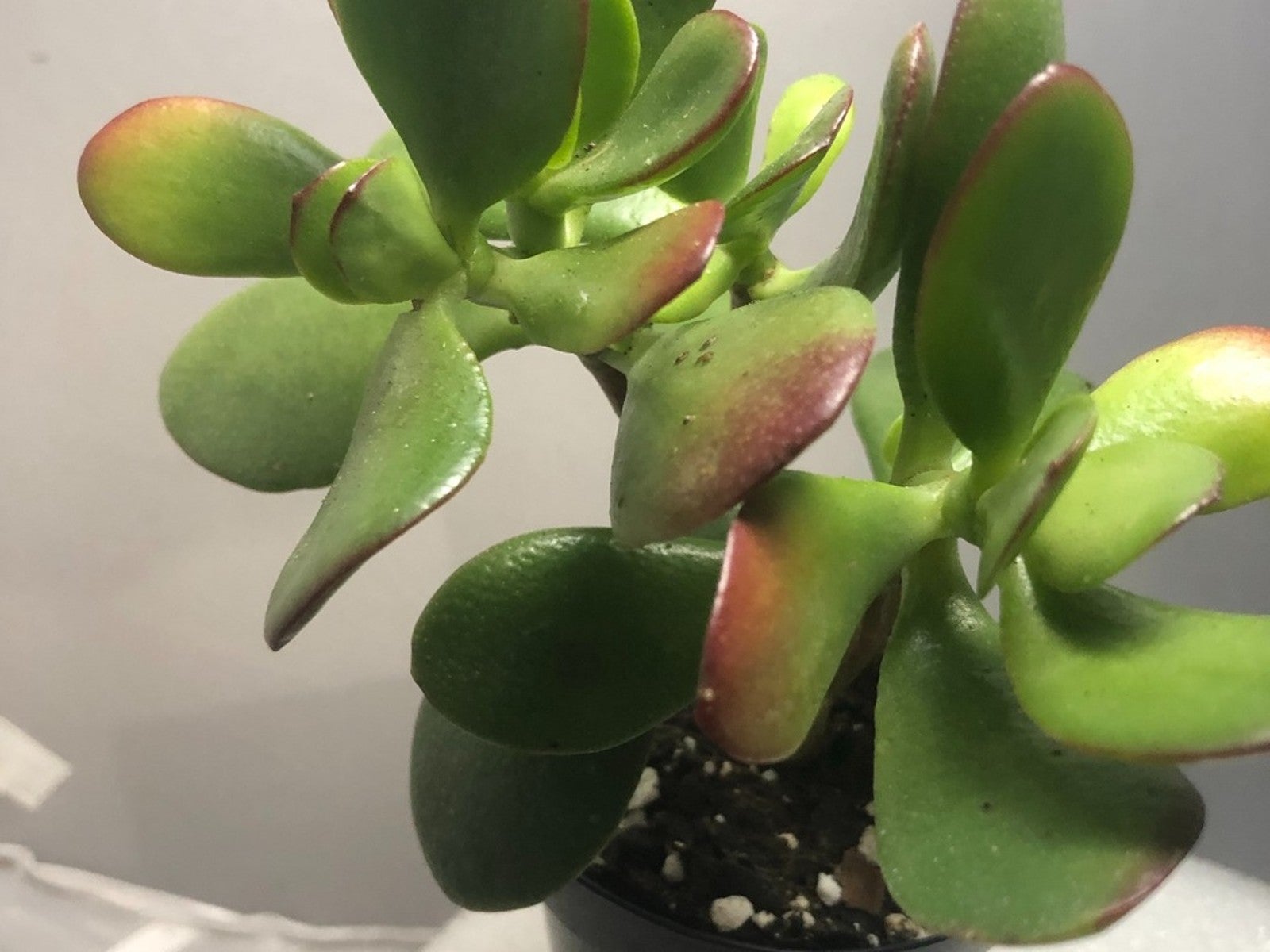 Jade Plant Turning Red – Reasons For A Jade Going Red
Jade Plant Turning Red – Reasons For A Jade Going RedWhat does it mean when a jade has red tips on the leaves? Disease, cultivation, insects, and more might be the cause. Read on for more.
By Bonnie L. Grant
-
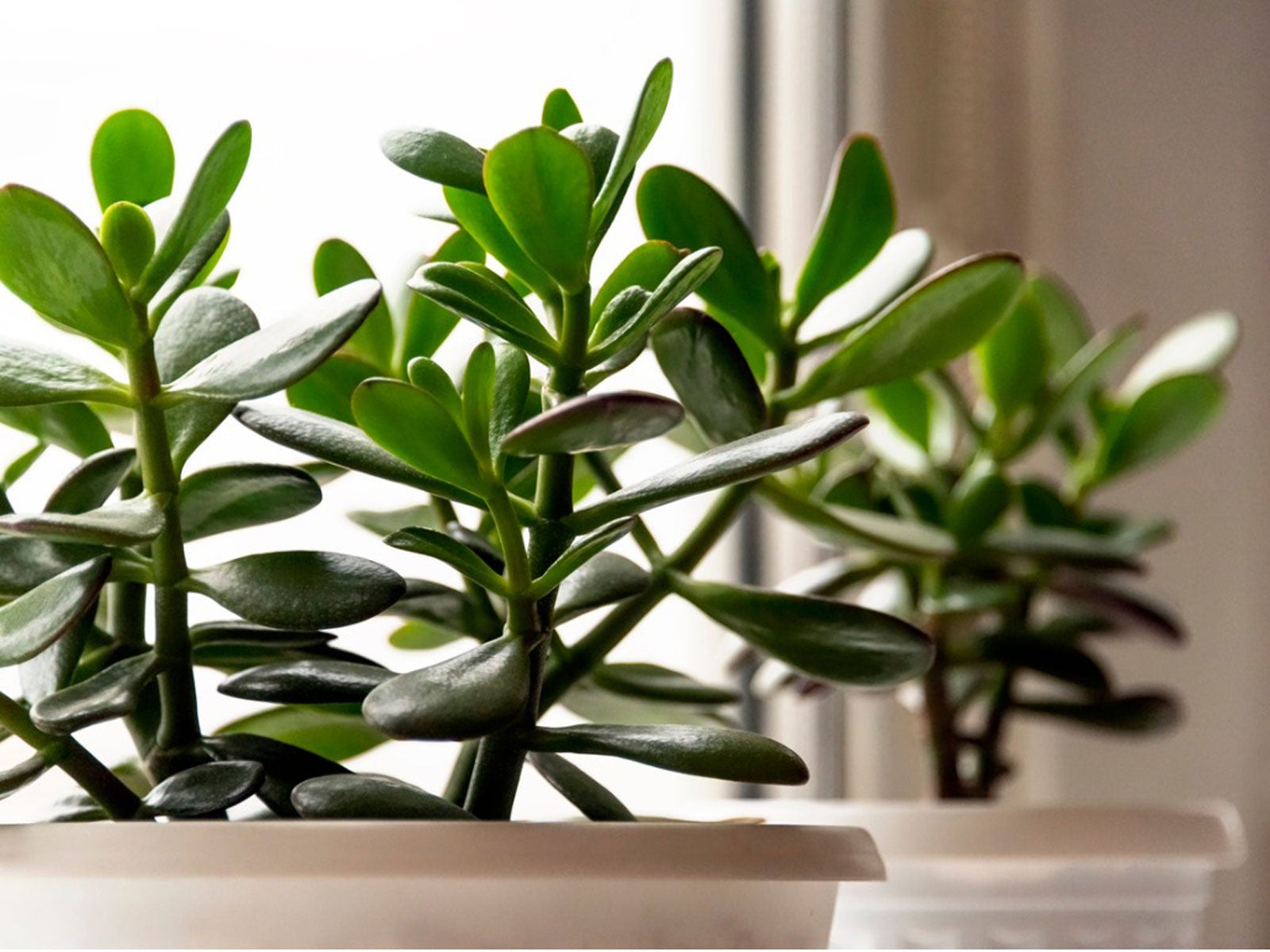 Jade Plant Looks Wrinkled – Reasons For Wrinkled Jade Leaves
Jade Plant Looks Wrinkled – Reasons For Wrinkled Jade LeavesIf you notice wrinkled jade leaves, it’s the plant’s way of telling you that something isn’t quite right. Click here for tips on fixing a wrinkly jade plant.
By Mary H. Dyer
-
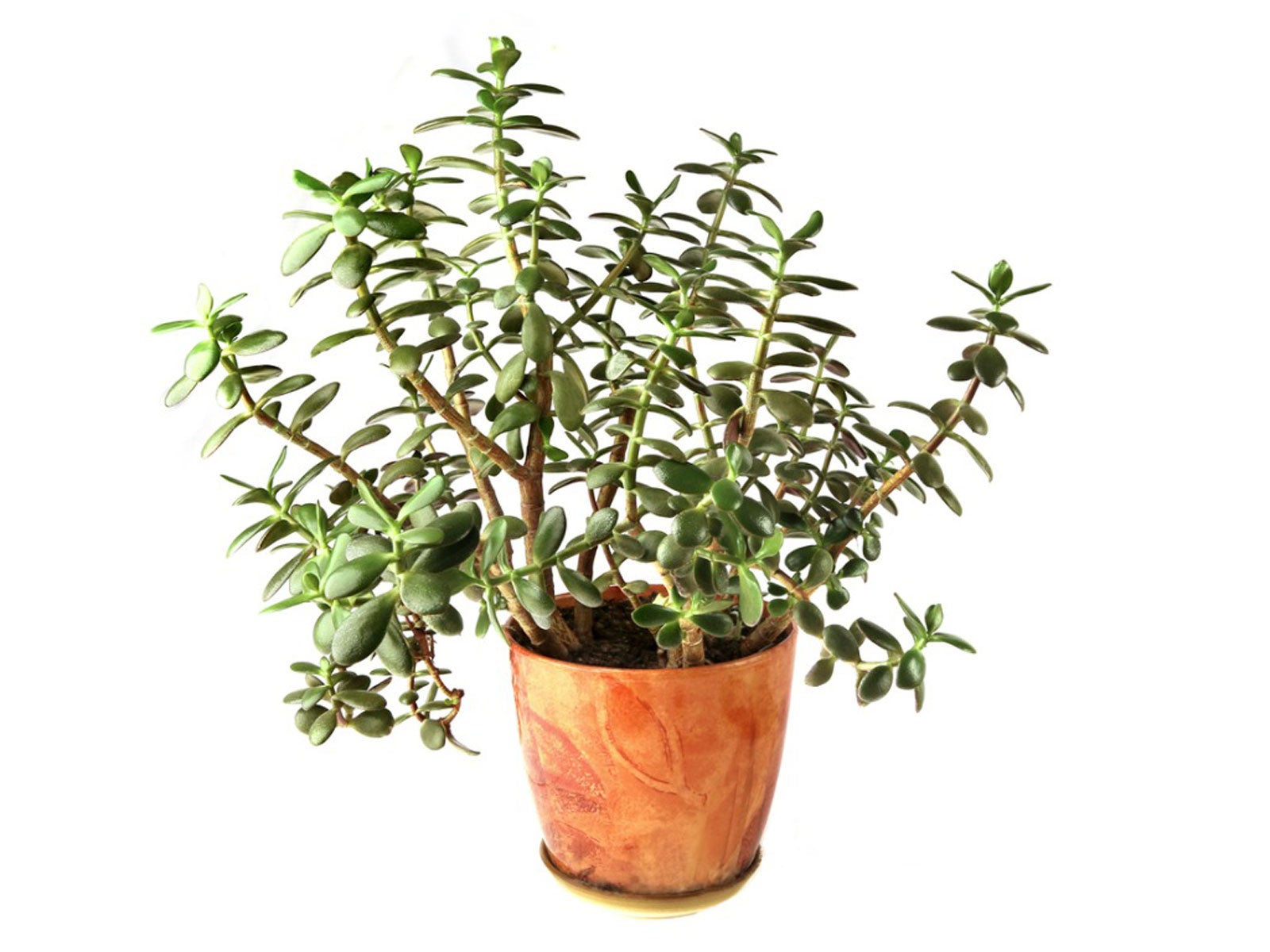 Leggy Jade Plant Care – Pruning A Leggy Jade Plant
Leggy Jade Plant Care – Pruning A Leggy Jade PlantIf your jade plant is getting leggy, don’t stress. It can easily be fixed. Find tips to help a leggy jade plant in this article.
By Raffaele Di Lallo
-
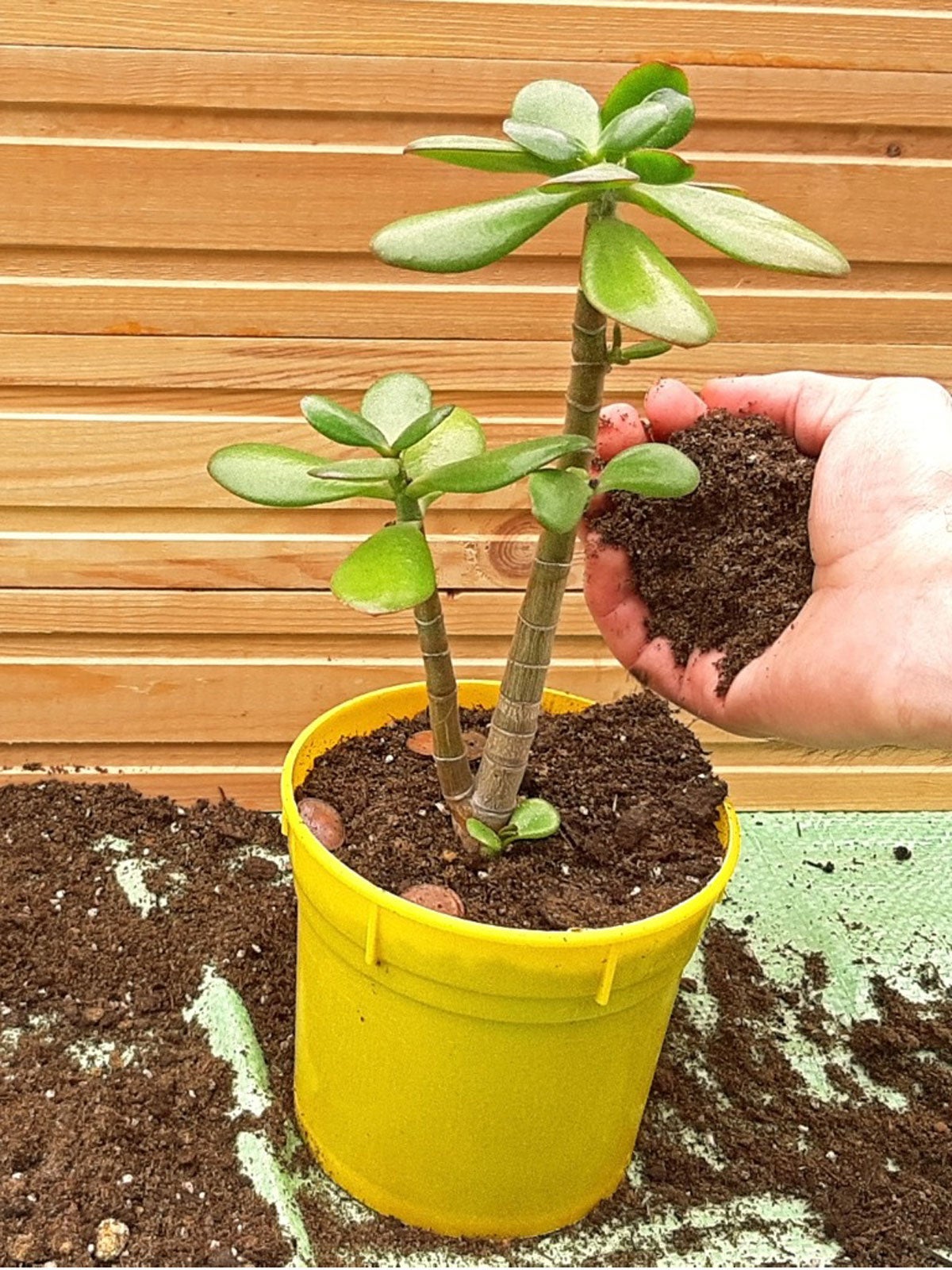 Repotting Jade Plants: Learn How To Repot A Jade Plant
Repotting Jade Plants: Learn How To Repot A Jade PlantIf your jade plant seems to be outgrowing its container, it may be time to for repotting. Click this article for tips on getting it done.
By Becca Badgett
-
 Gollum Jade Care – Information About Gollum Jade Crassula Plants
Gollum Jade Care – Information About Gollum Jade Crassula PlantsGollum jade succulents are a favorite winter houseplant that may go outside in spring. Similar to its larger cousin ET’s fingers, this jade also has long tubular leaves that curl inward and are tipped in red. If you’re looking for something fun and easy, click here to learn more.
By Becca Badgett
-
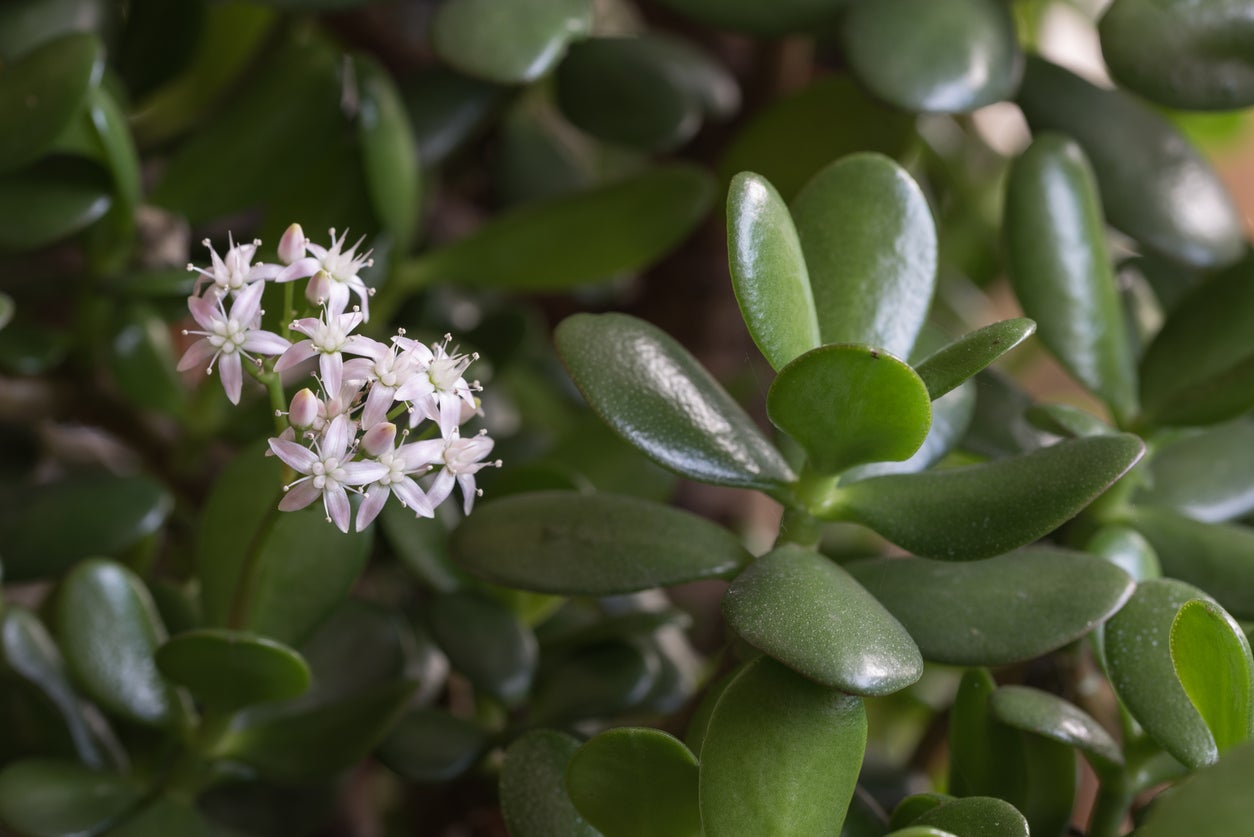 Jade In The Garden: Can You Grow Jade Outdoors
Jade In The Garden: Can You Grow Jade OutdoorsWhen most of us think of jade plants, we think of beautiful potted bonsai-like specimens. However, in parts of California, Arizona and other arid warm regions, jade is a popular choice for hedge plants. Click here for more information on growing jade outside.
By Darcy Larum
-
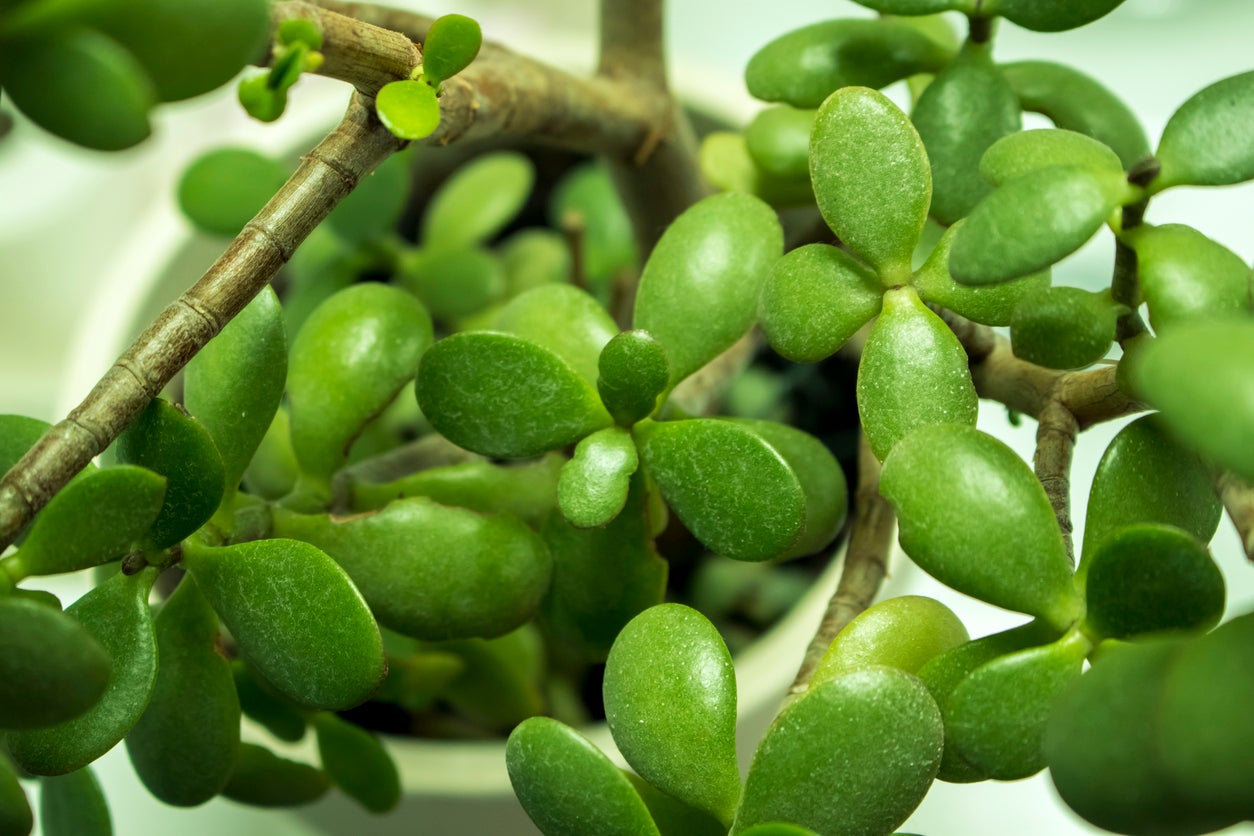 Jade Insect Pests: Learn About Common Pests Of Jade Plants
Jade Insect Pests: Learn About Common Pests Of Jade PlantsJade plants, or Crassula ovata, are popular houseplants. Generally easy-care, low maintenance plants, there are a few specific jade plant pests that can damage and even kill them if not controlled. Click here for more information on pests of jade plants.
By Darcy Larum
-
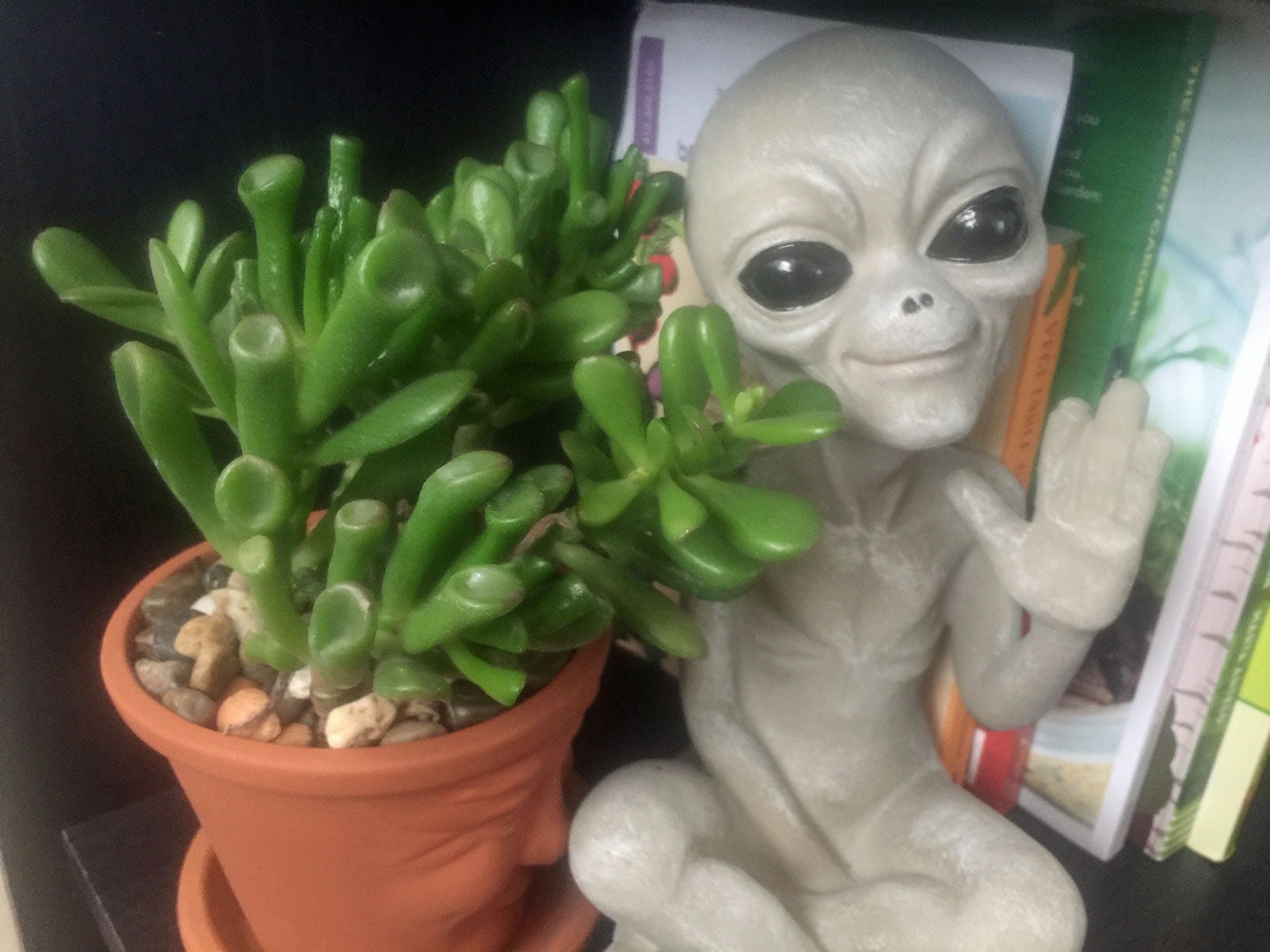 Care Of ET’s Finger Jade – Tips For Growing ET’s Finger Crassula
Care Of ET’s Finger Jade – Tips For Growing ET’s Finger CrassulaWho wouldn?t want a plant that looks like ET?s fingers? Jade, the pleasantly-plump succulent that is such a great houseplant, has several cultivars with unusual foliage, including ET?s Fingers. These fun plants are great additions to indoors or out. Learn more here.
By Mary Ellen Ellis